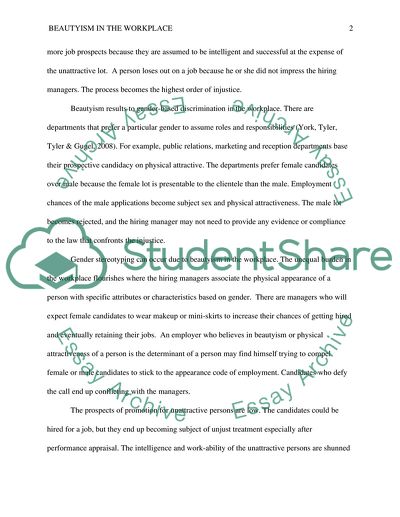Cite this document
(“Beautyism in the Workplace Essay Example | Topics and Well Written Essays - 1750 words”, n.d.)
Beautyism in the Workplace Essay Example | Topics and Well Written Essays - 1750 words. Retrieved from https://studentshare.org/human-resources/1666179-beautyism-in-the-workplace
Beautyism in the Workplace Essay Example | Topics and Well Written Essays - 1750 words. Retrieved from https://studentshare.org/human-resources/1666179-beautyism-in-the-workplace
(Beautyism in the Workplace Essay Example | Topics and Well Written Essays - 1750 Words)
Beautyism in the Workplace Essay Example | Topics and Well Written Essays - 1750 Words. https://studentshare.org/human-resources/1666179-beautyism-in-the-workplace.
Beautyism in the Workplace Essay Example | Topics and Well Written Essays - 1750 Words. https://studentshare.org/human-resources/1666179-beautyism-in-the-workplace.
“Beautyism in the Workplace Essay Example | Topics and Well Written Essays - 1750 Words”, n.d. https://studentshare.org/human-resources/1666179-beautyism-in-the-workplace.


